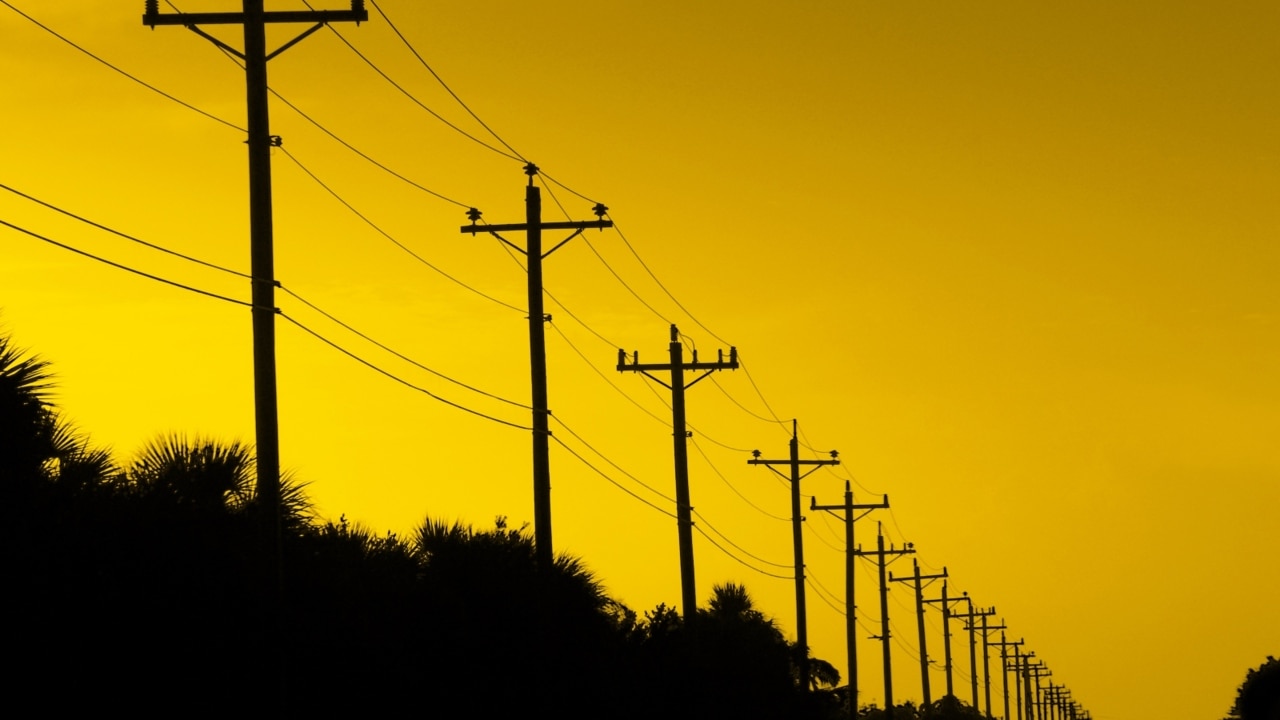Energy industry and government at odds over extensions for coal power station closures
The energy industry has hit back at a proposed system allowing state governments to seek temporary extensions for power station closures, claiming it would disincentivise renewable investment.

The energy industry has hit back at a proposed system allowing state governments to seek temporary extensions for power station closures, claiming it would disincentivise renewable energy investment.
The use of coal – still the dominant energy source in Australia – is rapidly waning, and the Australian Energy Market Operator has said it expects all the traditional generators to exit the system in the next 15 years.
But Australia is struggling to build sufficient replacements as developers battle to secure transmission access and face cost blowouts and local community opposition – stoking fears that coal plants could close before adequate alternatives are available.
Coal is increasingly unprofitable, with a surge in solar generation leading many generators to lose money, though profits surge when the sun goes down and demand increases. However, the profitability of coal generators will reduce amid a rise in batteries, which will reduce evening demand and have cheaper running costs than coal.
Without sufficient replacements, states could see unreliable electricity supplies and substantial price increases.
The most pressing example is in NSW, where the state Labor government is in negotiations with Origin Energy to extend the lifespan of the Eraring coal power station – currently scheduled to close in 2025.
In a bid to avoid problems, state and federal governments are considering a scheme that would give those that opt in special powers to amend the closure dates, known as the Orderly Exit Management (OEM) Framework. Currently owners and operators of coal power stations simply have to give a notice period of three and a half years before closure.
However, the Australian Energy Council, which represents electricity and gas companies, has urged a rethink of the OEM scheme as it would threaten the investment signals for renewable energy investment.
“The OEM framework will add significant uncertainty and risk to this equation and is likely to have a depressive impact on investment at this critical point in the energy transition which undermines initiatives such as the Capacity Investment Scheme,” the Energy Council said in its submission to government on the scheme’s design. The Clean Energy Investors Group also warned that the OEM scheme could be gamed by coal generators.
“In fact, the potential incentivisation of generators to delay triggering the framework and the absence of complete disclosure of the commercial terms shielding thermal generators from market price signals could amplify long-term uncertainty for renewable energy investors,” the Clean Energy Investors Group said.

The debate about OEM reflects the challenges of Australia’s energy transition.
The federal government has set an ambitious target of having renewable energy generate more than 80 per cent of the country’s electricity by the end of the decade.
But if Australia is unable to build new renewable energy sources quickly enough, there will be a heightened risk of blackouts and price rises that could force policy makers to extend the life of coal power stations.
Coal, however, remains deeply unpopular with voters – particularly in the inner cities and suburbs – and prolonging the lifespan of fossil fuels would be politically problematic.
The decision by NSW to seek an extension to lifespan of Eraring has been opposed by environmentalists, and the government has moved to quell criticism by keeping negotiations out of the limelight.
NSW has, however, little choice. An independent expert last year concluded the state does not have the capacity to let NSW’s largest source of electricity retire within 18 months. Eraring produces about 25 per cent of the state’s electricity.
The NSW government and Origin have yet to reveal how long Eraring could stay open for.
In a move widely seen as an indication of Labor’s concern, federal Energy Minister Chris Bowen last year announced a massive underwriting scheme to get renewable energy developers to commit to new projects.
The Capacity Investment Scheme guarantees developers a minimum return on new solar and wind projects.
Under the scheme, should the wholesale electricity price fall below an agreed threshold, taxpayers will compensate the renewable energy project.
If the wholesale electricity price exceeds a certain level, developers pay the government.
The scheme is designed to removes revenue risk from developers and accelerate much-needed investment.
A spate of developers are responding, with commitments from large players such as Andrew Forrest and Neon to quickly expand their pipeline.
Still, challenges remain, most notably for transmission, which could be the biggest bottleneck to the transition. Some 100,000km of new high-voltage transmission lines must be built by 2050 and developers are struggling to woo land owners to secure permission to build, despite increasingly lucrative sweeteners.
Without transmission, developers will be unable to connect new renewable energy to the grid.






To join the conversation, please log in. Don't have an account? Register
Join the conversation, you are commenting as Logout